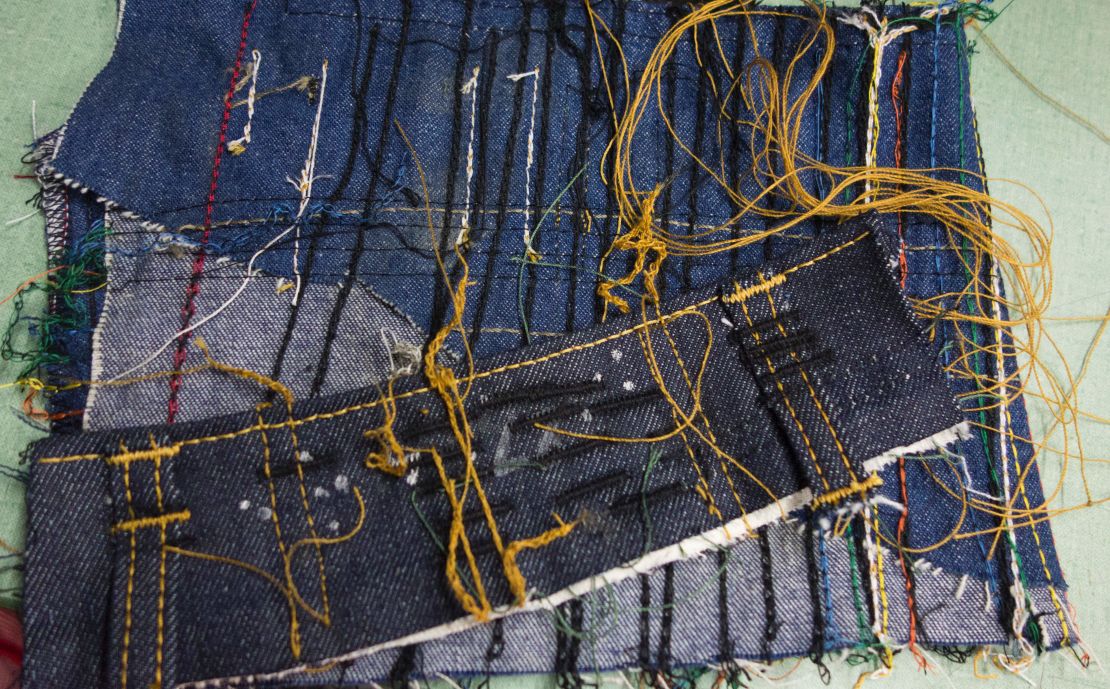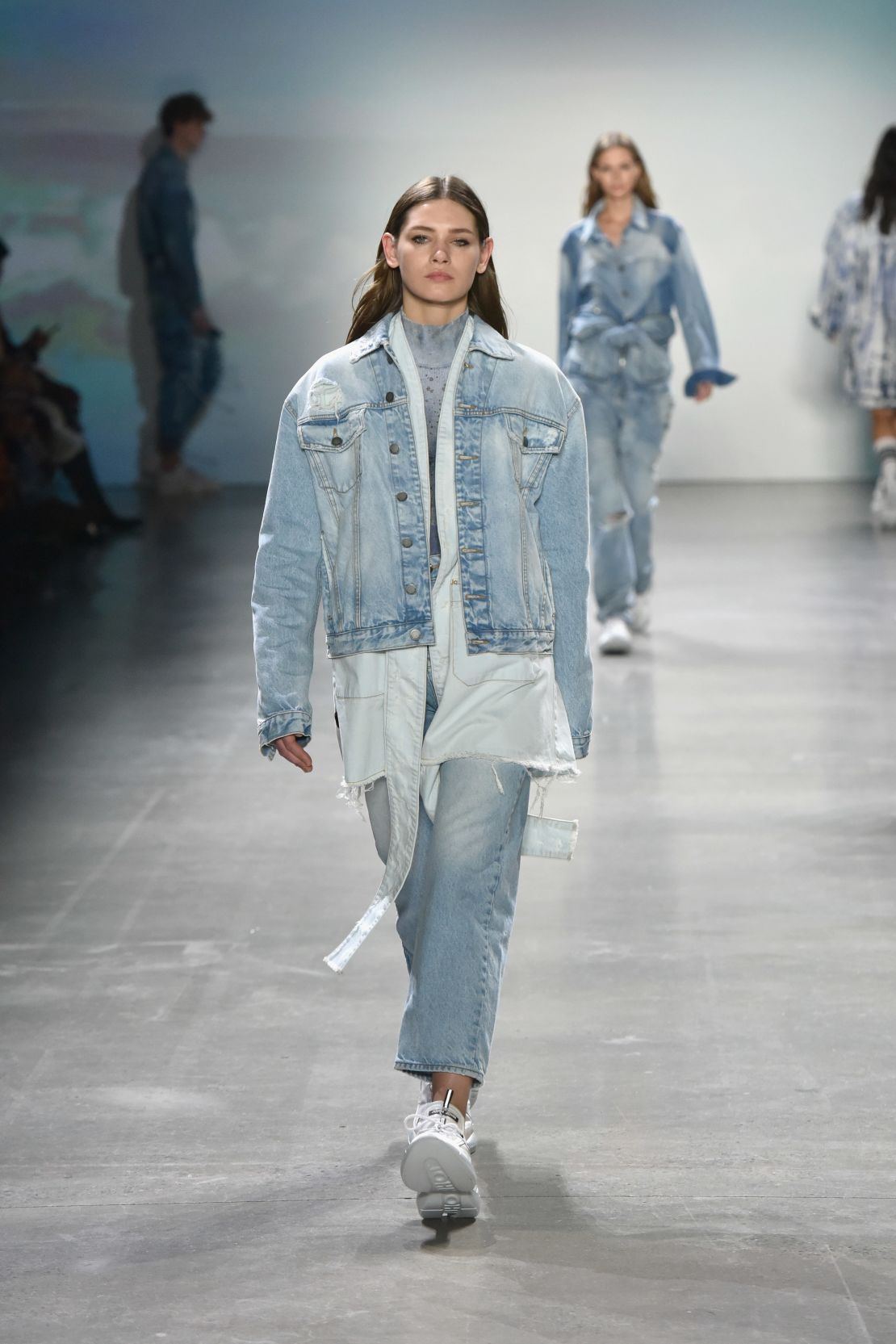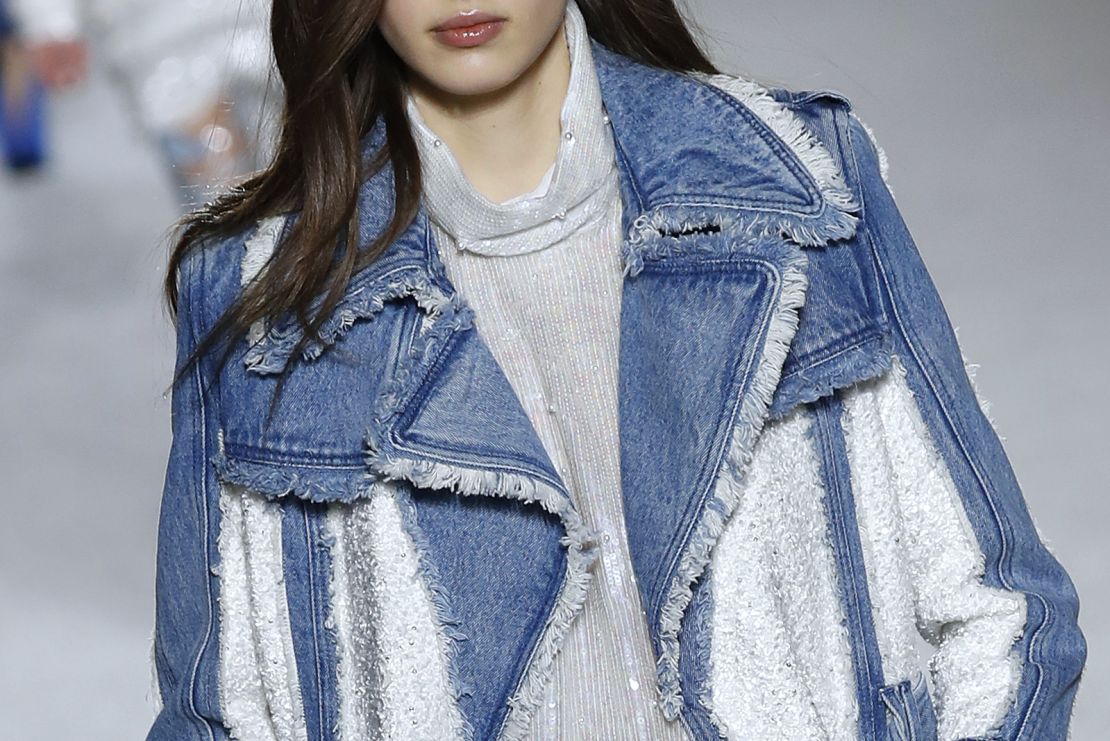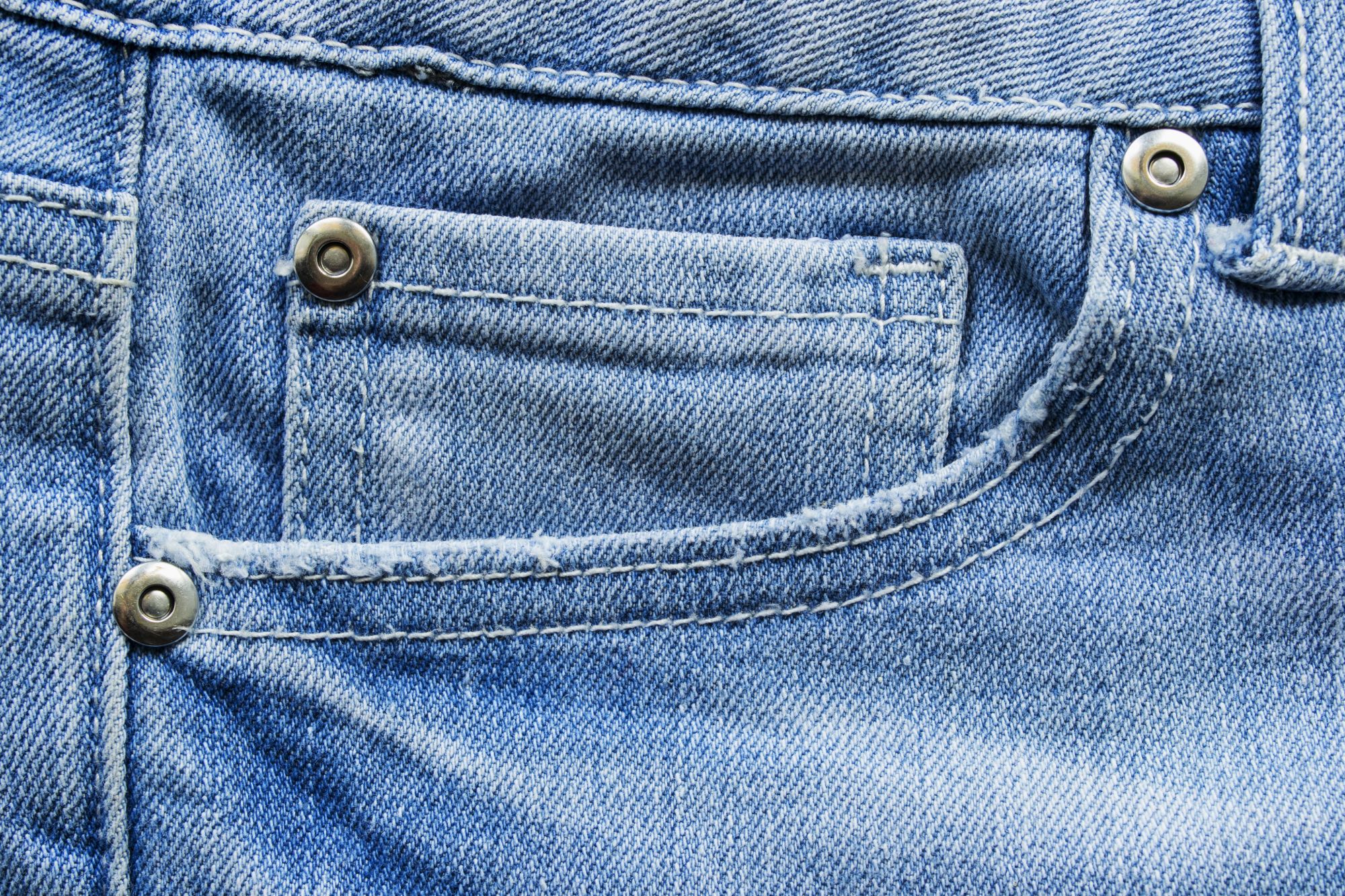For almost 150 years, denim jeans have been the hardy stalwart of fashion – practically everyone, everywhere, owns a pair.
They’re tough and versatile, but also a major contributor to fashion’s not-so-enviable reputation as one of the world’s most polluting industries.
Now a British charity, the Ellen MacArthur Foundation, is hoping to change that by encouraging clothing companies to sign up to its “Jeans Redesign Guidelines” – and it could change the design of jeans as we know them.
For one, the list says metal rivets should be “designed out” or “reduced to a minimum.” Metal rivets were the basis of the design patented by Levi Strauss in 1873. Known as the “XX” pants, they were later dubbed the 501. Rivets were originally used to reinforce the jeans in areas where they could be ripped apart, but modern stitching has made them purely decorative.

The new guidelines, which form part of the charity’s Make Fashion Circular initiative, state that jeans should withstand at least 30 home washes, be made of “cellulose fibers from regenerative, organic or transitional farming methods,” and be free of hazardous chemicals. Sandblasting, stone finishing and the use of potassium permanganate (an oxidizing agent that fades denim) are also prohibited.
“The idea is to extend the life of your pair of jeans for as long as possible,” said Make Fashion Circular’s lead, Francois Souchet, in a phone interview, “and (to) get everyone in the supply chain to start asking: ‘How can this product be redesigned in its second life?’ ‘How do I lower its environmental impact and do so ethically?’”
A brief history of blue jeans
The history of modern-day blue jeans begins in 1853, when a Bavarian immigrant called Levi Strauss brought denim to America.
After moving to San Francisco to open his own dry goods business, Strauss started supplying the fabric to a Nevada tailor called Jacob Davis. The cloth proved popular among laborers, cowboys and miners, as it was better suited than traditional workwear to withstand harsh conditions. Davis went on to specialize in denim pants, and later created a pair reinforced by copper rivets placed at the pockets and flies.

The pants evolved over the course of the next century, shifting from blue-collar garments to navy uniforms, then to signifiers of youth rebellion and angst, pop culture and beatniks. They have enjoyed celebrity endorsements from the likes of John Wayne and Marlon Brando, Marilyn Monroe and James Dean, but also Elvis, Paul Newman, Jefferson Airplane, Marvin Gaye, Brooke Shields (in her iconic Calvin Kleins circa 1980), Tupac and Pharrell.
In their transformation, blue jeans have maintained an almost egalitarian appeal. They’ve been reinvented as luxury items and, almost simultaneously, fast fashion. In doing so, they’ve also taken up a major slice of apparel manufacturing – and, ironically, given they were initially created as long-lasting garments, become quasi-disposable commodities.
“What was once meant to be one of the most durable items in our closets is now something that we buy and make in frankly disturbing volumes,” said Anika Kozlowski, an assistant professor of fashion design, ethics and sustainability at Ryerson University in Toronto Canada. “Which has led to significant environmental impacts.”
A high environmental cost
Traditionally, jeans are made with cotton. Although natural and biodegradable, the fiber comes from one of the world’s “thirstiest” crops. In addition to the water needed to grow cotton, more is then used in dyeing, rinsing and finishing to achieve denim’s classic look, which comes from weaving indigo-dyed cotton yarn (the warp) with white cotton (the weft).
Over its lifetime, a single pair of jeans can use up to 919 gallons of water, including production and washing, according to Levi’s. Bleaching agents, enzymes and pesticides are also part of the process – as is sandblasting, a denim-weathering technique used to achieve a “distressed” look.
This process involves blasting abrasive materials at high speed through an air compressor in order to clean and shape the denim’s surface. It can have extremely harmful effects on both the environment and workers making the jeans. Sandblasting has been proved to cause silicosis, an incurable lung disease that is often fatal.

“Taking steps towards a more environmentally aware supply chain has become almost inevitable,” Kozlowski said. “There are just so many issues with the sector as it currently exists.”
The H&M Group, GAP, C&A, Lee Jeans and Reformation are some of the labels that have pledged to join Jeans Redesign. More are expected to follow, with the first garments created using the guidelines set to hit stores next year.
Levi’s has not signed up, but the company – and other big names including Wrangler’s and G-Star Raw – have taken steps to reduce their environmental impact, either by cutting water use, developing more sustainable blends or working with smaller manufacturing plants to ensure ethical cultivation and processing methods.

New technologies have been helping brands to overhaul their production and supply chains. Spanish mill Tejidos Roy, for instance, has created a water-free dye system, together with US-based Indigo Mill Designs and Gaston College Textile Technology Center, that uses 100% less water in dyeing, 89% fewer chemicals and 65% less energy.
“But that’s still a tiny niche of the entire sector,” said Dio Kurazawa, head of denim at the trend forecasting agency WGSN and co-founder of The Bear Scouts, a platform that links brands with sustainable manufacturers. “Too many companies just haven’t committed to change as much as is needed, even though the innovation is there. Part of it is due to costs, part to lack of will.”
More work is required to reduce denim’s environmental cost, according to Souchet from Make Fashion Circular. “Jeans were an obvious entry point for an endeavor of this kind,” he said. “The denim sector has already made quite a few efforts towards improving its manufacturing process. It’s aware of its own problems. Our guidelines want to build on that, to create a better alignment across the supply chain.”
Brands participating in Jeans Redesign will need to deliver annual reports to show their progress. But both Kurazawa and Kozlowski are skeptical about the long-term impact of the program.
“I personally don’t think the rules are going to change much,” Kurazawa said. “Manufacturing countries need help with infrastructure and living wage payments to factory workers. Initiatives, like these guidelines, have little (in the way of) measurable results, in that sense.”
Kozlowski said that, while the initiative is laudable, what’s needed is more oversight.
“I think the Ellen MacArthur Foundation’s push for sustainability is great, but the problem is that there’s no governing body ensuring the standards will actually be implemented,” she said. “The supply chain is global, so it’s really quite difficult to enforce control.”


